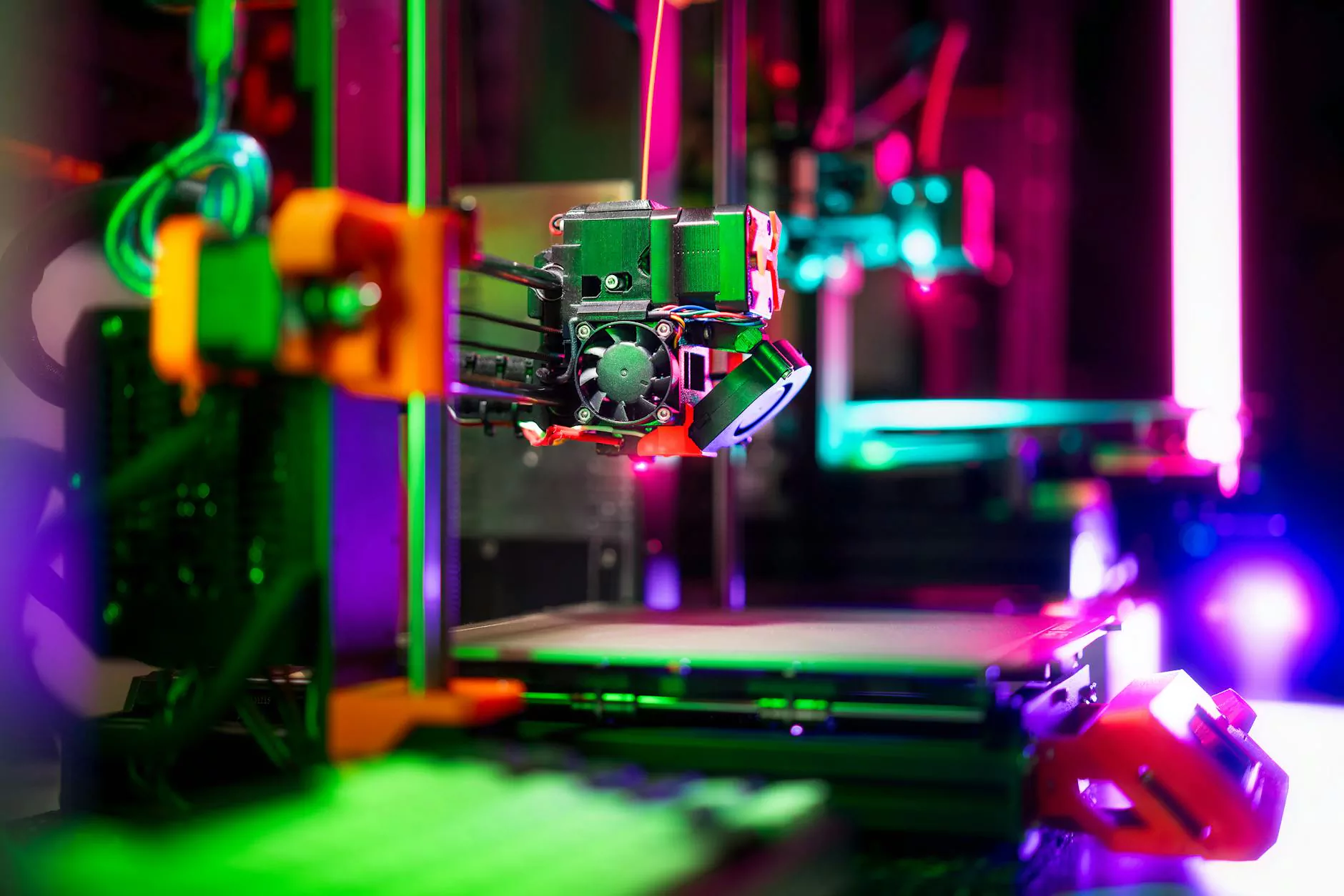Comprehensive Analysis of Tendinopathy vs Tendonitis: Unlocking the Key Differences and Treatment Strategies

In the realm of health and medical sciences, understanding the nuanced distinctions between various musculoskeletal conditions is vital for delivering accurate diagnosis and effective treatment. Among these common yet often misunderstood conditions are tendinopathy and tendonitis. Both involve the tendons, the fibrous tissues connecting muscles to bones, but they differ significantly in their pathophysiology, clinical presentation, and management strategies. This detailed guide aims to elucidate the complex differences between tendinopathy vs tendonitis, equipping healthcare professionals, medical students, and patients with essential knowledge to optimize treatment outcomes.
Introduction to Tendons and Their Role in Human Physiology
Before delving into the specifics of tendinopathy and tendonitis, it’s crucial to understand the fundamental structure and function of tendons within the musculoskeletal system. Tendons act as critical connectors, transmitting forces generated by muscles to bones, thereby facilitating movement. They are composed primarily of densely packed collagen fibers, predominantly type I collagen, aligned in parallel bundles that confer tensile strength and flexibility.
Tendons are designed with a remarkable capacity to withstand mechanical stress; yet, they are susceptible to injuries resulting from overuse, trauma, or degenerative processes. Recognizing the differences in injury mechanisms aids in forming targeted diagnostic and treatment approaches.
The Pathophysiology of Tendinopathy and Tendonitis
What Is Tendonitis?
Tendonitis refers to an inflammatory condition of the tendon, primarily involving acute or subacute inflammation resulting from sudden injury or overuse. In this condition, microscopic tears induce an inflammatory response, leading to swelling, pain, warmth, and tenderness. Historically, 'tendonitis' has been associated with active inflammation, characterized by increased vascularity and immune cell infiltration.
What Is Tendinopathy?
Tendinopathy, on the other hand, is a broader term encompassing various degenerative and chronic changes within the tendon structure. It represents a spectrum of tendinous disorders, often characterized by collagen disorganization, increased ground substance, neovascularization, and cellular degeneration, with little or no overt inflammatory infiltration. The terminology has shifted towards 'tendinopathy' because many cases lack active inflammation, highlighting degenerative changes as the primary pathology.
Differences Between Tendinopathy and Tendonitis: A Comparative Overview
AspectTendonitisTendinopathyDefinitionInflammatory response of the tendon tissueDegenerative or non-inflammatory tendon disorderPathologyActive inflammation with immune cell infiltrationCollagen degeneration, disorganized fibers, neovascularizationOnsetOften sudden, related to acute injury or overuseGradual, linked to chronic overload or degenerative processesHistopathologyPresence of inflammatory cells, edemaCollagen fibril disarray, increased ground substance, neovesselsImaging FindingsSwelling, increased vascularity, fluid accumulationThickening, hypoechoic areas, disorganized tendon fibersTreatment ApproachAnti-inflammatory strategies, rest, iceLoad management, physical therapy, regenerative approachesPrognosisOften responds well to conservative anti-inflammatory treatmentRequires long-term management, may involve degenerative changes resistant to anti-inflammatoriesClinical Presentation and Diagnosis
Signs and Symptoms of Tendonitis
- Sudden onset of pain during activity
- Swelling and warmth over the affected tendon
- Tenderness on palpation
- Pain worsens with movement or activity
- Relief with rest or ice therapy
Signs and Symptoms of Tendinopathy
- Chronic, insidious pain that worsens with activity or prolonged use
- Stiffness, especially after rest (e.g., morning stiffness)
- Possible palpable thickening or nodularity of the tendon
- Reduced strength or range of motion
- Pain often persists despite anti-inflammatory medications
Diagnostic Tools
- Physical Examination: Tenderness, swelling, point pressure pain
- Imaging: Ultrasound and MRI are critical in differentiating between inflammatory and degenerative changes; tendinopathy shows thickening and fibrillar disorganization, while tendonitis may display fluid accumulation
- Laboratory Tests: Not usually diagnostic but may help rule out systemic inflammatory diseases
Management Strategies for Tendinopathy vs Tendonitis
Traditional Approaches for Tendonitis
Given its inflammatory nature, treatment of tendonitis often involves:
- Rest and activity modification to prevent further irritation
- Ice application to reduce swelling
- Nonsteroidal anti-inflammatory drugs (NSAIDs) to alleviate pain and inflammation
- Physical therapy focusing on stretching and strengthening
- In certain cases, corticosteroid injections may be used but with caution due to the risk of tendon weakening
Approaches for Tendinopathy
Since tendinopathy often involves degenerative changes without active inflammation, management strategies include:
- Progressive load management to stimulate collagen synthesis and promote healing
- eccentric exercise programs proven effective in restoring tendon structure
- Extracorporeal shockwave therapy (ESWT) to induce neovascularization and tissue regeneration
- Regenerative treatments: Platelet-rich plasma (PRP) injections or stem cell therapies
- Adjunct therapies like ultrasound or laser therapy to enhance healing
- Addressing underlying biomechanical issues to prevent recurrence
Preventive Measures and Long-Term Management
Preventing tendinopathy and tendonitis involves a combination of ergonomic, training, and lifestyle adjustments:
- Proper warm-up and cool-down routines before and after physical activity
- Gradual increase in activity intensity to avoid sudden overload
- Maintaining good posture and ergonomics in daily activities and at work
- Strengthening surrounding muscles to offload tendons
- Addressing biomechanical abnormalities such as poor alignment or gait issues
The Importance of Accurate Diagnosis in Treatment Planning
Distinguishing tendinopathy vs tendonitis is essential because it directly influences the treatment regimen. Misdiagnosis may result in ineffective therapies and prolonged recovery. For example, using anti-inflammatory medications for a chronic tendinopathy without active inflammation may have limited benefits, whereas focusing on load management and regenerative techniques can achieve better outcomes.
Emerging Innovations and Future Directions in Tendon Injury Management
- Biological therapies, such as gene therapy and advanced regenerative medicine, hold promise for reversing degenerative changes
- Biomaterials and tissue engineering are being explored to develop scaffolds that support tendon regeneration
- Personalized rehabilitation programs leveraging machine learning to optimize recovery timelines
- Enhanced imaging modalities for more precise assessment of tendon health and pathology
Conclusion: Mastering the Differences to Improve Outcomes
The distinction between tendinopathy vs tendonitis is subtle yet profoundly significant in clinical practice. Recognizing that tendinopathy often signifies a chronic, degenerative condition requiring load management and regenerative therapy, whereas tendonitis involves acute inflammation responding well to anti-inflammatory measures, allows healthcare professionals to adapt treatment plans accordingly. Staying updated on evolving diagnostic techniques and therapies will enhance patient care and facilitate quicker, more effective recoveries.
For businesses in the health & medical sector, especially those integrating the latest research and innovative therapies like those at iaom-us.com, providing detailed, accurate, and high-quality content about musculoskeletal health conditions is essential. Educating practitioners and patients alike not only improves clinical outcomes but also positions your organization as a leader in healthcare excellence.
Understanding and effectively managing tendinopathy vs tendonitis is a critical component of advancing musculoskeletal health, ultimately leading to healthier lifestyles and improved quality of life across diverse population groups.









